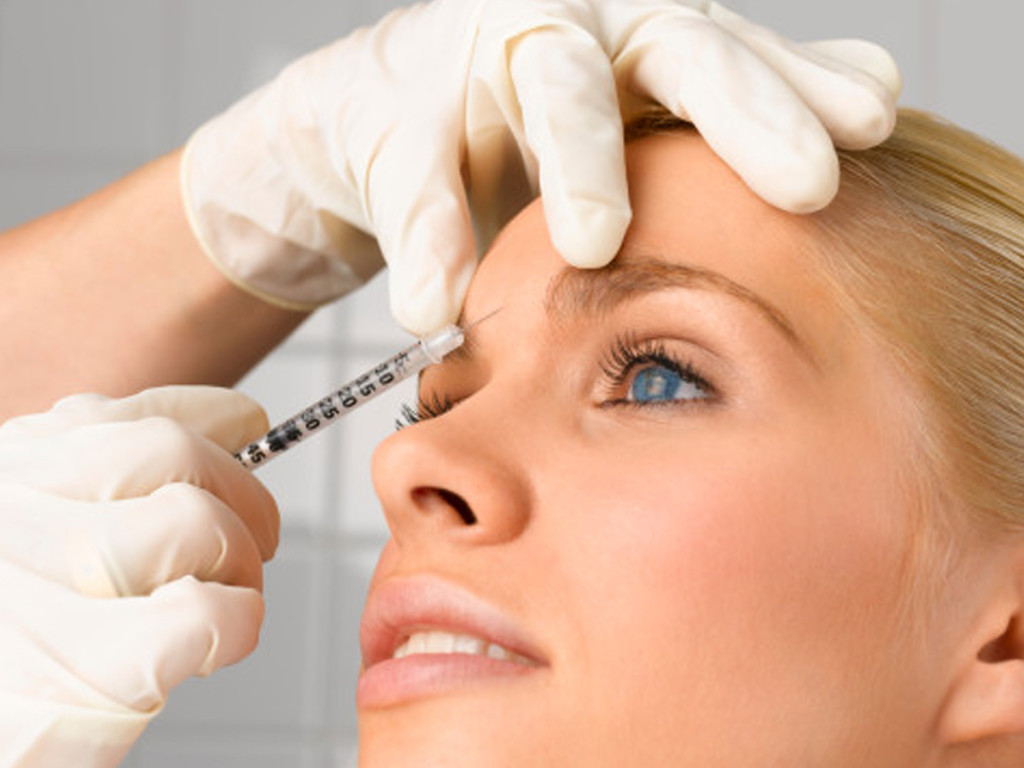 As a skin therapist, it is a part of our job that we love, to keep current on the latest and best treatments, modalities and products to address our clients’ concerns with the signs of aging. Unfortunately, there are some challenges no skincare therapist can conquer. Deep nasolabial folds (“parentheses”) around the mouth, those “angry” creases between the eyes, and long lines across the forehead can be helped by a skin therapist, but not eliminated. So if you’re ready for the next step, do your research first, unless you want to risk looking like you’re trying out for the next season of the Real Housewives of [fill in the blank]!
As a skin therapist, it is a part of our job that we love, to keep current on the latest and best treatments, modalities and products to address our clients’ concerns with the signs of aging. Unfortunately, there are some challenges no skincare therapist can conquer. Deep nasolabial folds (“parentheses”) around the mouth, those “angry” creases between the eyes, and long lines across the forehead can be helped by a skin therapist, but not eliminated. So if you’re ready for the next step, do your research first, unless you want to risk looking like you’re trying out for the next season of the Real Housewives of [fill in the blank]!
In the past, the only choice at this point was a face lift. Today, however, there are number of other options available, the most common and cost-efficient being Botox and dermal fillers. And even though these procedures are performed tens of thousands of times every year, there is still a lot of confusion as to what the difference is between them and what they actually do. Many people are intimidated by the idea of needles in their face, especially after seeing the effects of too much of a good thing anytime they pick up People magazine. But properly and conservatively administered, Botox and fillers can take years off one’s appearance, and no one needs to know you did anything!
Bototulinum Toxin (Botox and Dysport)
Botox, and the lesser-known Dysport, are made from the bototulinum toxin, work best on dynamic wrinkles — those that are caused by muscle movement. The bototulinum toxin temporarily impairs the nerve functioning of the muscle it’s injected into. The relaxed muscle is then unable to produce the movement that results in wrinkling of the skin. Examples of dynamic wrinkles in the forehead are the glabellar (“11”) lines between the brows, and the horizontal lines and run across the forehead that are prominent with frowning and other facial expressions. These injections are effective for about 3 to 4 months.
Dermal Fillers (Restylane, Radiesse and more)
Dermal fillers work best on static wrinkles — those that are visible when the face is relaxed and at rest. As people age, the dermal layer of the skin becomes thinner and loses its elasticity, resulting in deeper grooves in the face (such as the “parentheses” around the mouth), thinner lips, and more generalized laxity to the skin. The skin beneath the eyes can also thin, and the dark appearance of the blood pooling underneath the skin can give the face a permanently tired, and even bruised look. Dermal fillers can help by adding volume to the dermal layer, plumping the tissue, pushing out the creases, and returning it to a state similar to that of youth. The denser fillers can even be used to fill in the backs of hands, eliminating the “veiny” and sometimes too-large look that can occur as we age. The duration of results and possible side effects vary with the type of filler used.
Restylane, Perlane and Juvederm
Restylane, Perlane, Juvederm Ultra, and Juvederm XC are dermal fillers made from hyaluronic acid, a natural sugar that enables skin to retain its shape and volume. The hyaluronic acid molecules bind to the body’s natural stores of water, gradually “plumping up” the skin — and giving it a smoother, more youthful appearance. These hyaluronic acid fillers are very effective at improving the appearances of wrinkles and creases around the mouth and lips, as well as those under and around the eyes. Their effectiveness lasts anywhere from 3 to 6 months, depending on the amount of movement in the area in which they are injected. The particles in Perlane are slightly larger, and the formula in Juvederm XC is denser, so that they can be used to treat deeper wrinkles than Restylane and Juvederm Ultra.
Radiesse
Radiesse is the only filler consisting of synthetic calcium hydroxylapatite, a long-lasting dermal filler that consists of tiny calcium particles suspended in a smooth gel. When injected under the skin, it not only smoothes wrinkles, but also stimulates the skin’s own production of collagen, the protein essential for youthful-looking skin. One of the biggest advantages of Radiesse is that it lasts almost twice as long as other fillers: from 9 to 12 months.
Sculptra
Sculptra, comprised of poly-L-lactic acid, stimulates the production of collagen, and is the only filler that is FDA-approved for fat loss to the face. Most skin issues respond best to two to three treatments, spaced four to six weeks apart. Unlike any other filler, the results from Sculptra are not immediate, but rather develop over time, and last up to two years. It works best on deeper lines and wrinkles, and isn’t recommended for use in the lips or around the eyes.
As with anything that has to do with your safety and well-being, be sure and do your research before undergoing any of these procedures! That Groupon may not be such a bargain if the final result doesn’t make you completely happy. This is serious stuff — wait until you’re ready before you take the plunge, but when you do, if you choose the right product and the right person, it can be incredibly rewarding. Have fun!
